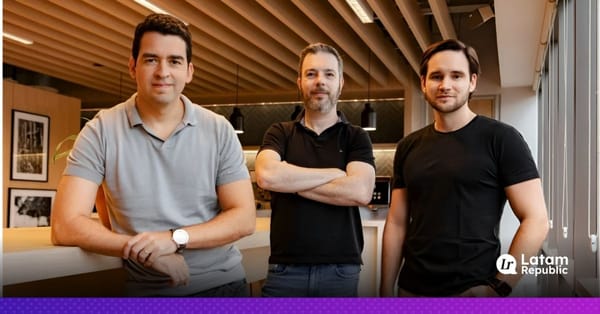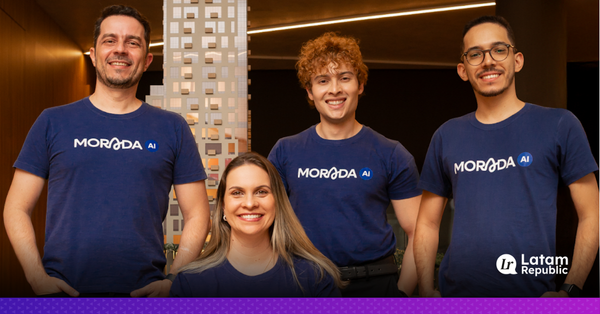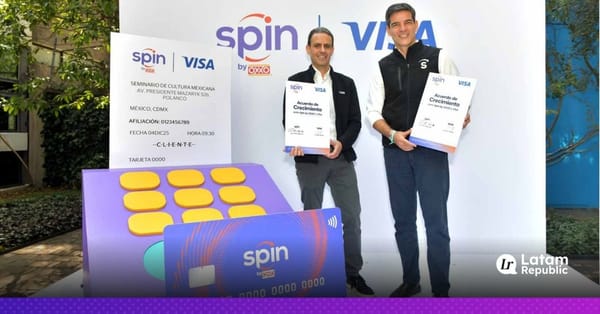Landscape FemTech Latam 2025 and the Regional FemTech Potential
The Landscape FemTech Latam 2025 is the first comprehensive mapping of active FemTech startups in Latin America, revealing a rapidly emerging ecosystem with both vast opportunities and structural gaps.

The Landscape FemTech Latam 2025 is the first comprehensive mapping of active FemTech startups in Latin America, revealing a rapidly emerging ecosystem with both vast opportunities and structural gaps.
For decades, women’s health was overlooked in medicine, not due to a lack of patients, but because of systemic invisibility in research, development, and investment. This resulted in late diagnoses, generic treatments, and millions of unmet needs. Now, technology, data, a new wave of entrepreneurs, and the rise of the empowered “Patient 5.0” are reshaping the space.
An Emerging Market with Billion-Dollar Potential
The mapping identified more than 70 startups from nine countries.
- Brazil leads with 36 companies (49%)
- Followed by Argentina with 14 (19%)
- And finally, Mexico with seven (10%).
While the Latin American market is still a small fraction of the global FemTech landscape, the growth potential is huge.
Statista and Grand View estimate a total addressable market (TAM) of US$100 billion for women’s health solutions, with a serviceable available market (SAM) of US$10 billion. Beyond the numbers, the Landscape revealed “golden opportunities” and contradictions that no one is addressing. Five key insights emerged.
1. Inequalities Without a Match
The current Latin American FemTech ecosystem looks like a supermarket where some aisles are crowded while others remain empty. Menstrual health, contraception, and fertility dominate the space, while critical areas such as pelvic health and gynecological cancer prevention, affecting millions, are almost entirely neglected.

This mismatch shows a disconnect between innovation and inclusion. For instance, menstrual tracking apps proliferate, yet many target users still face period poverty, lacking access to basic hygiene products or reliable information.
Globally, the trend is similar, except in Nordic countries where solutions are more diversified. One reason: menstrual apps require US$20,000–80,000 for an MVP, while hardware-based solutions like portable ultrasounds or cancer prevention tools demand exponentially higher investments.
2. Postpartum: The Missing Link

The ecosystem closely supports pregnancy but largely abandons women after childbirth.
- Only 37% of Latin American women maintain exclusive breastfeeding for the first six months
- And 20–40% experience perinatal depressive symptoms, often undiagnosed.
Few solutions exist, such as B2Mamy (educational platform) and Bloom Care (comprehensive family planning), both from Brazil, small drops in a vast ocean. It’s like building a highway that ends halfway. For those who see it, this gap is a major opportunity.
3. Innovation from Unexpected Places
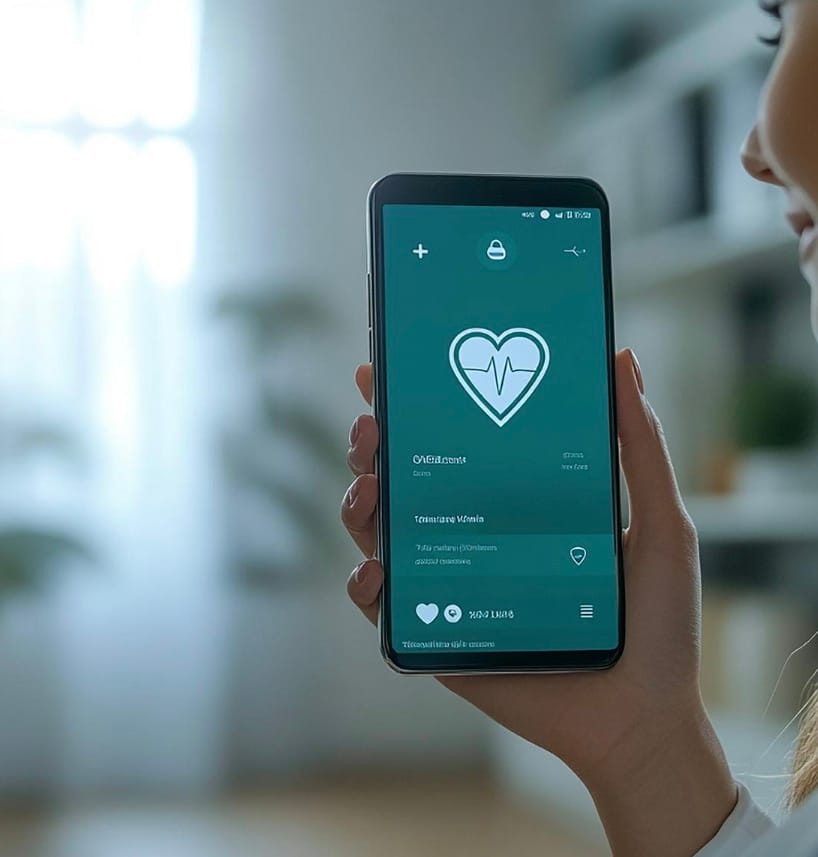
Countries with smaller ecosystems, such as Nicaragua and Costa Rica, are producing disruptive solutions. For example, The Lily Project developed Chava, a WhatsApp chatbot that provides confidential sexual health information to young women anytime, anywhere.
The takeaway: you don’t have to be Silicon Valley to revolutionize healthcare, what’s needed is the sensitivity to identify real problems and the creativity to solve them.
4. The Power of Lived Experience
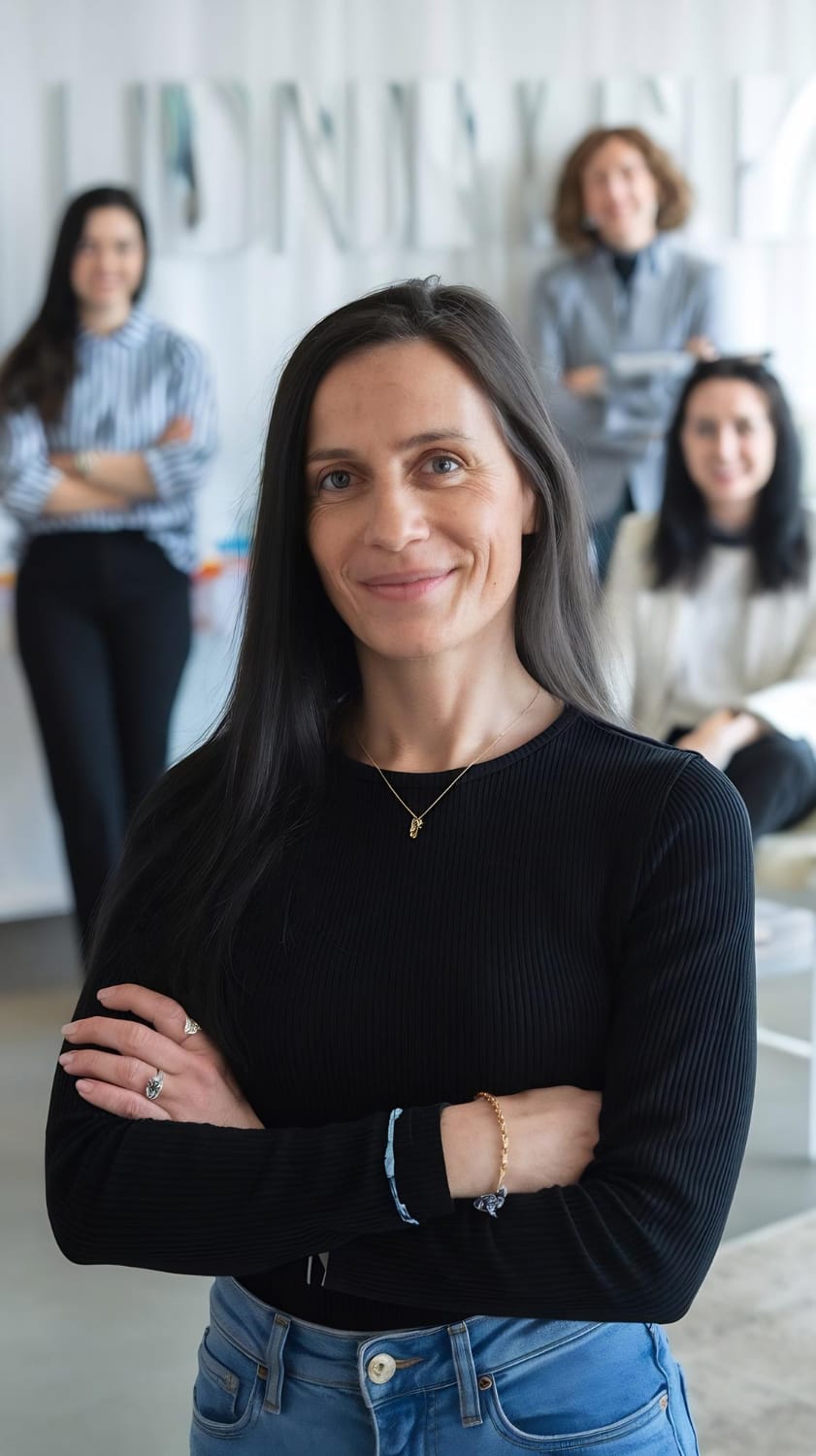
More than 60% of the startups were founded exclusively by women, and another 29% by mixed teams. Most founders are between 35–45 years old and come from the healthcare sector.
This is no coincidence, they started their companies after experiencing the failures of the system firsthand. Their solutions are born from personal frustration, transformed into innovation.
5. Longevity: A Key but Overlooked Segment

With rising life expectancy, women spend up to one-third of their lives in postmenopause, and three out of four experience climacteric symptoms. Yet very few startups target this stage, as if the market assumes life ends with reproductive capacity. This commercial blind spot represents a billion-dollar opportunity.
Some promising cases are emerging:
- No Pausa in Argentina has over 10,000 active subscribers and a community of 250,000+ women with personalized plans.
- Plenapausa in Brazil offers a “one stop shop” with 75,000+ users and physical products sold via partner pharmacies.
- Serena Care, also in Brazil, uses AI to detect early signs of chronic diseases.
- Gina in Uruguay provides anonymous consultations for teenagers.
These examples prove solutions exist, what’s missing is scaling them.
From Data to Action
The Landscape FemTech Latam 2025 is more than a map; it’s a call to action. The data shows what works, what’s missing, and where the biggest opportunities lie. Technology designed around women’s specific health needs is not a niche, it is the next frontier in healthcare innovation.


